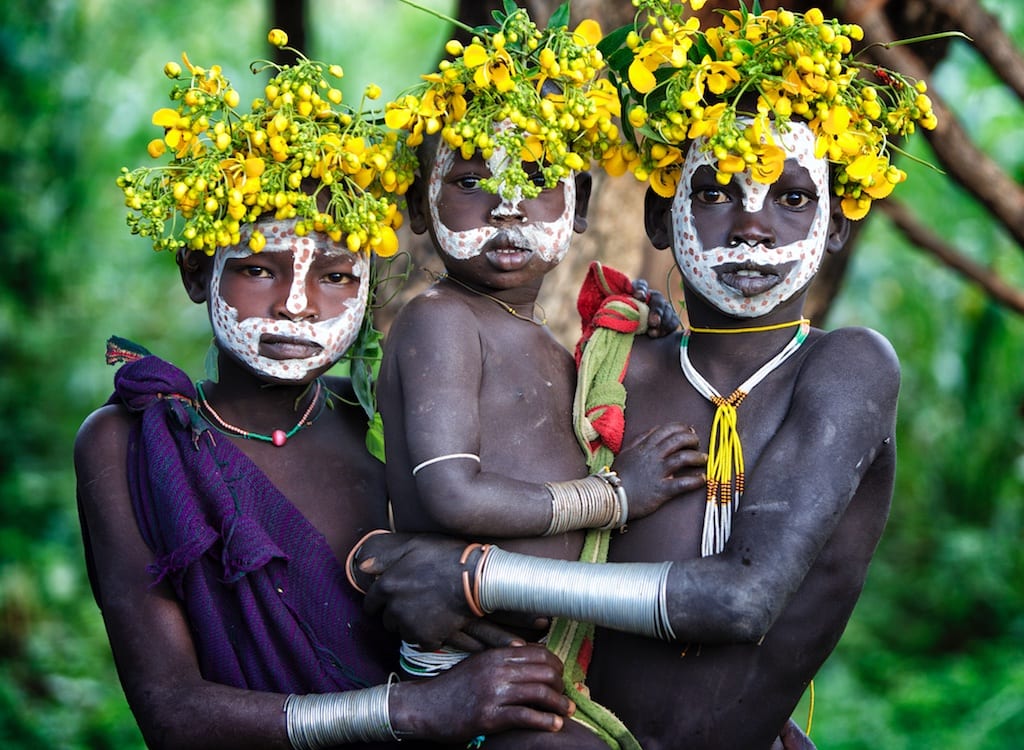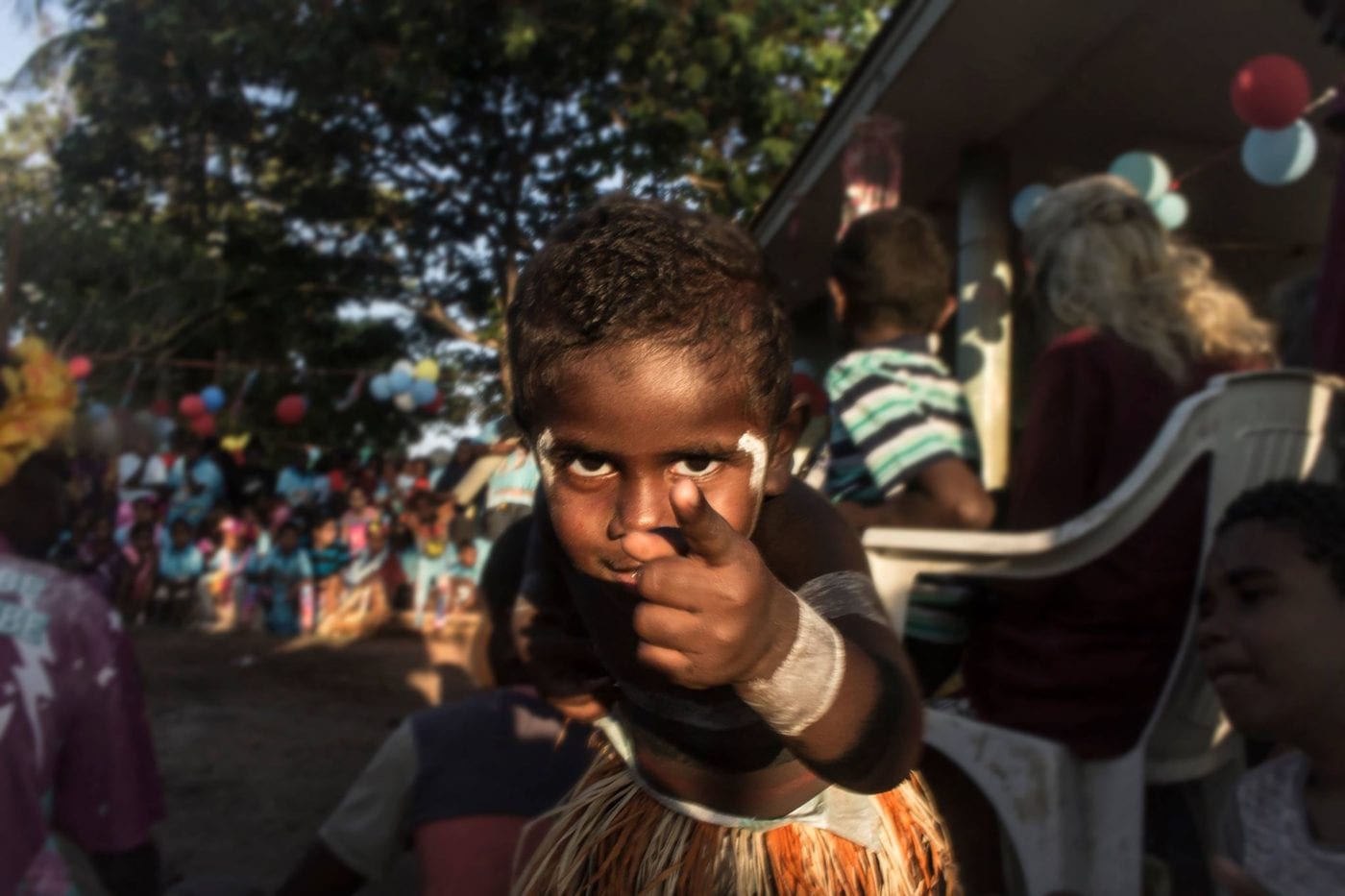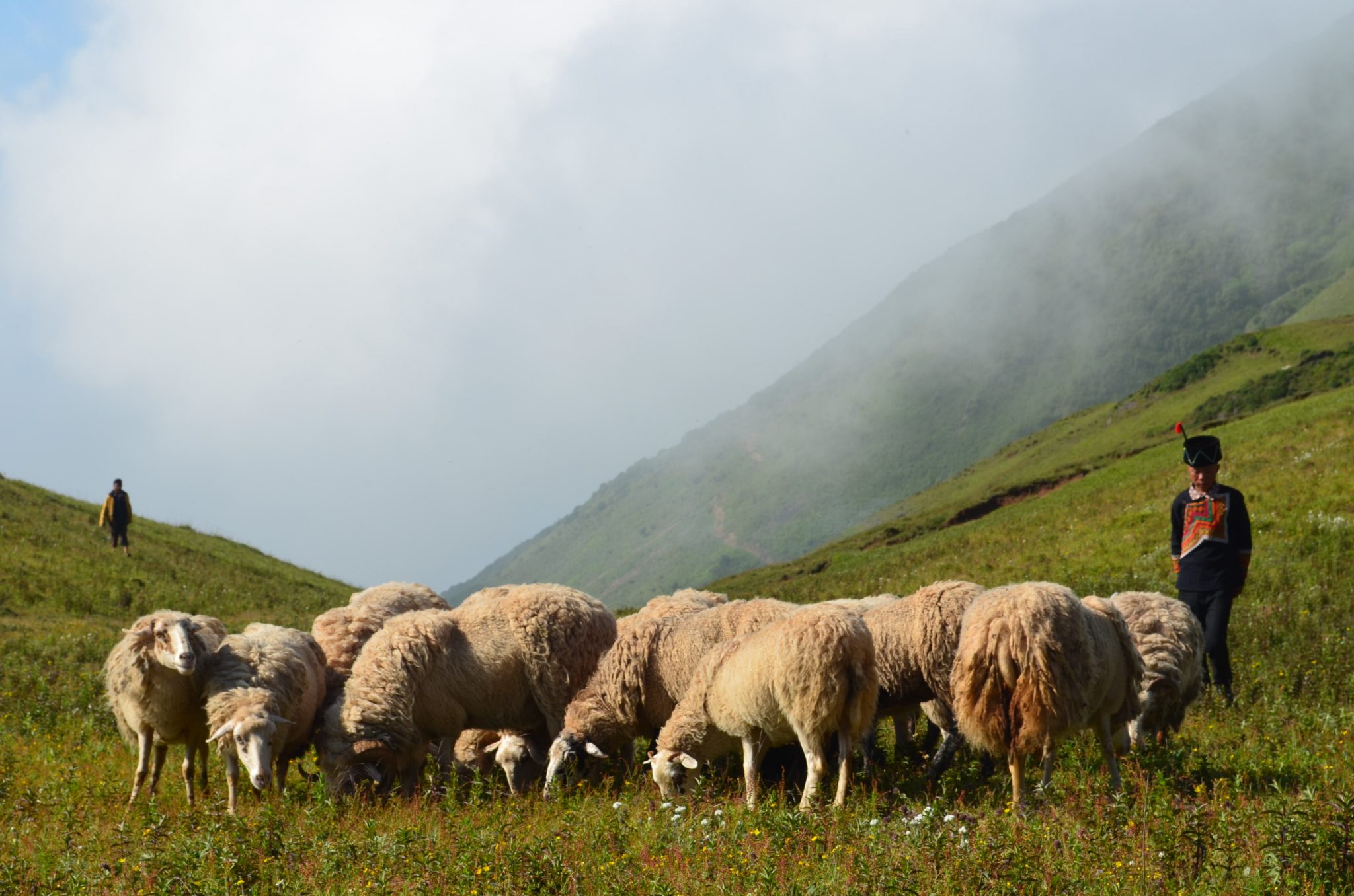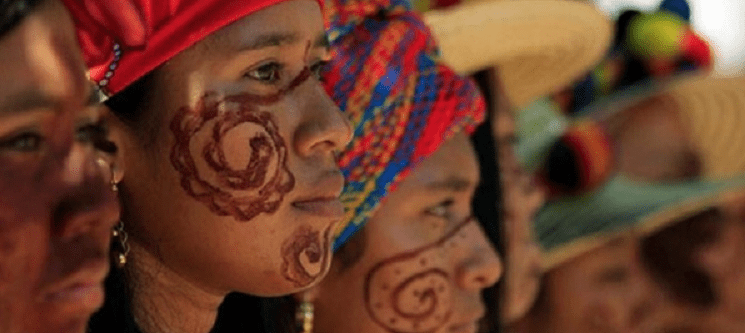“He is making a prayer for the river to rise,” Mr. Biwa told me.
“Don’t they know about the dam?” I asked.
“It is a difficult thing to understand,” he said.
The above is a snippet from a conversation between journalist for the New York Times Andy Haslam and his guide Lale Biwa, member of the Ethiopian Karo people, residing by the Omo River valley. The Lower Omo River valley in south west Ethiopia is home to eight different tribes, whose population is about 200,000, coexisting with varying degrees of peace. They have lived there for centuries with their very outspoken ways. However, with the recent construction of a hydro-electric dam upstream, annual floods of the Omo River have vanished to make way for commercial plantations in the area. As a result, the communities’ grain stores, beehives and their valuable cattle grazing land have been largely destroyed. Those who oppose the theft of their land have been beaten and thrown in jail. On top of this, there have been numerous reports of rape and even killings of tribal people by the military, who patrol the region to guard the construction and plantation workers. The Bodi, Mursi and Suri have been told they have to give up their herds of cattle, a vital part of their livelihood, and may only keep a few cows in the resettlements, where they will become dependent on government aid to survive. Services and food aid in the resettlement camps are often non-existent or of poor quality.
But the tribal people of the Omo River and its natural habitat are resilient and proud. The Lower Omo Valley is a spectacularly beautiful area with diverse ecosystems including grasslands, volcanic outcrops, and one of the few remaining ‘pristine’ riverine forests in semi-arid Africa which supports a wide variety of wildlife. The discovery of human remains dating back nearly 2.5 million years prompted Unesco to dub the Lower Valley a World Heritage site in 1980. Although the migration of primitive people from this area eventually spread out over the rest of the planet, the original tribes still uphold their old traditions and therefor peek a lot of curiosity form outsiders.
There are a fascinating range of cultural practices, including a variety of methods of body modification and decoration, each having their own meaning and always making practical use of local materials and resources. Therefor, the tribes have many similarities when it comes to aesthetics. For example, the women of the Suri and Mursi tribes are well known for their distinctive lip plates. A girl’s lower lip is cut by her mother or by another woman of her settlement when she reaches the age of 15 or 16. The cut is held open by a wooden plug until the wound heals. It appears to be up to the individual girl to decide how far to stretch the lip, by inserting progressively larger plugs over a period of several months. It is said the lip plates signify social status so some, but by no means all, girls persevere until their lips can take plates of 12 centimetres or more in diameter. In addition to stretching their lower lips, many Mursi women choose to adorn their bodies with scars as a means of signifying their entrance into adulthood. After the initial cut, wounds are rubbed with sap or ash so that they heal as raised flesh.

Other tribal communities in the area use a mixture of ochre and butterfat to adorn their bodies from head to toe, like the Hamar women. It is said to both protect their skin from the blazing sun, but also to keep their ‘dreadlocks’ in place. Strikingly, their hairstyles look very similar to the huts they live in. Like the Mursi, the Hamar are historically nomadic pastoralists, depending heavily on their cattle on living off the land. They even depend on their cattle for many important rites of passage, celebrating the transition of one important stage to another. The most dramatic and significant ritual is their so called ‘bull jumping’, which involves the lining up of as many bulls as possible, challenging boys to jump over their backs without falling off as a signal of their manhood. If Hamar boys complete their task successfully, they are granted a wife of their own choosing.
As most of the valley is made up out of dry and barren land, the area has for many centuries offered a remote hide out for these communities to perform their rituals. But the construction of the nearby dam has increased the demand for infrastructure and made these tribal villages more accessible for tourists. Nowadays, many of the bull jumping ceremonies performed between april and september are witnessed by travelers, hoping to catch a glimpse of this ancient practice at the brink of its extinction. It’s a vicious circle, but some even call it a circuit of exploitation; as many tour operators in the area organize so called ‘hit and run’ tours, driving up and down from Addis Abeba to visit as many villages and tribes in as little time as possible. 45 year old Will Jones was born to English parents in Nigeria, and the founder of Wild Philanthropy, an enterprise designed to build sustainable tourism with a mutually beneficial exchange between visitors and the people that live off the land: “We cultivate relationships with the local people, trading with them, trying to create a mutually beneficial exchange. And it’s why we’re primarily using the river as our road. The river allows us access to villages inaccessible any other way.”





